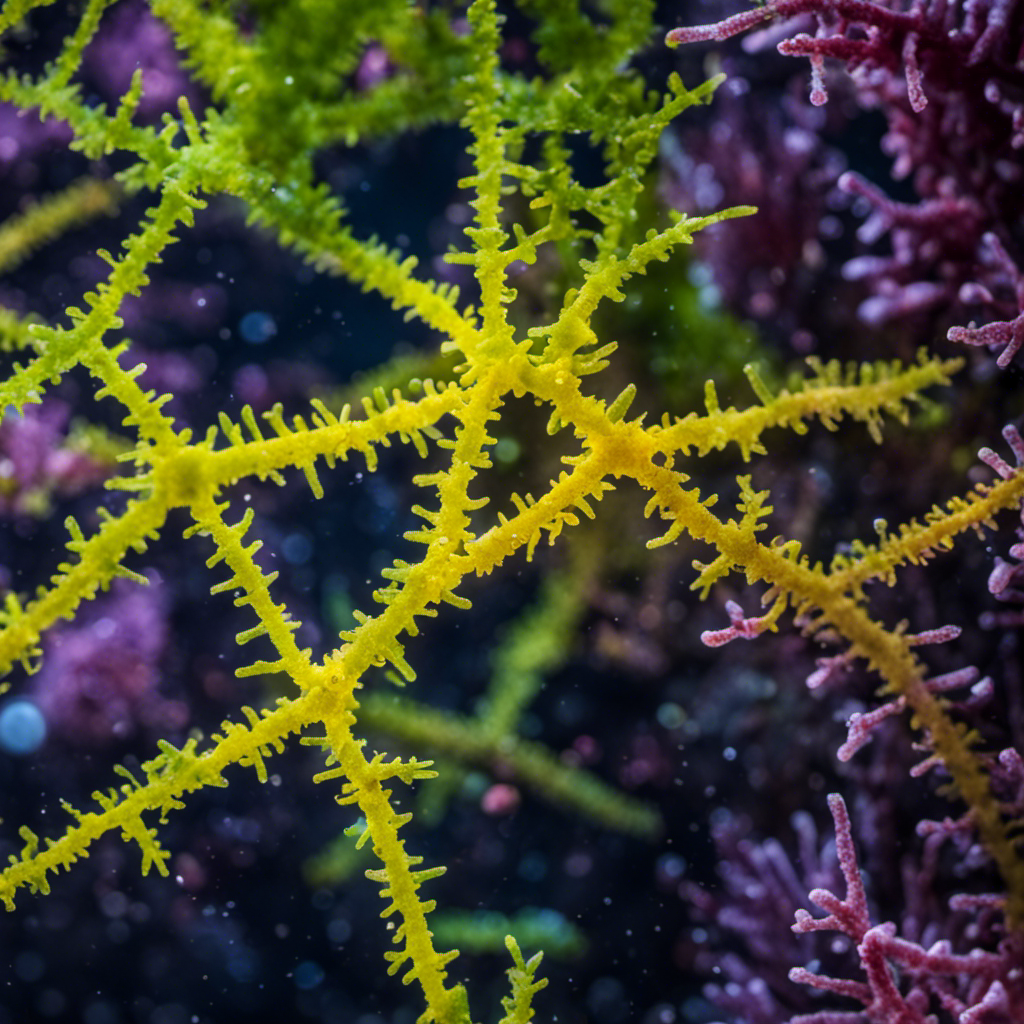
The first global survey of marine RNA viruses has found thousands of new ones, some of which play a key role in locking away carbon.
Between 2009 and 2012, seawater samples were collected from the oceans, including the Arctic (pictured). While identifying DNA-based viruses was the initial aim, Guillermo Domínguez-Huerta at the Ohio State University and his team have now surveyed RNA viruses in the samples.
They identified more than 5,000 types, almost all new to science. The team looked at the role some of these RNA viruses play in carbon sequestration. Every day, dead Plankton sink to the bottom of the ocean, taking the carbon in their bodies with them, which can be locked up for millions of years. This “carbon pump” stores as much as 12 gigatonnes of carbon annually, about a third of all human-caused carbon dioxide emissions each year.
At least 11 of the new viruses are thought to infect plankton that are important to the carbon pump. Researchers can’t yet put precise numbers on how a given virus accelerates or impedes the pump, but Domínguez-Huerta says viruses might be used one day like “fine knobs” to tune it.
